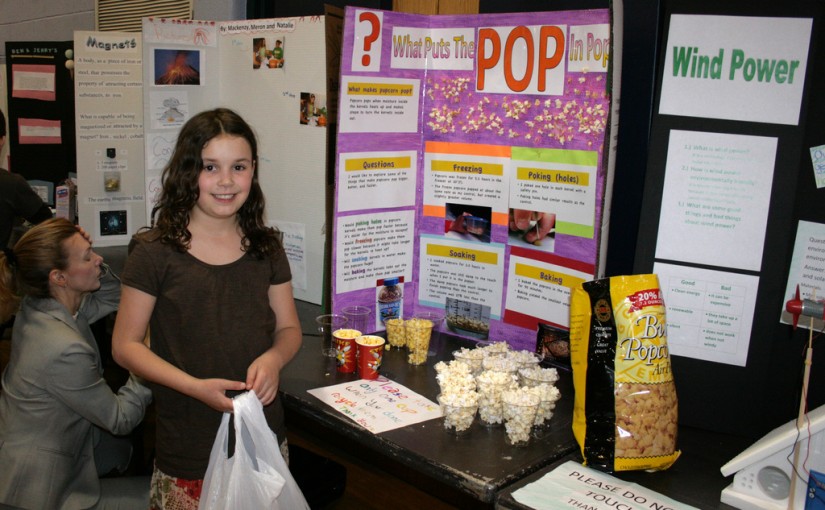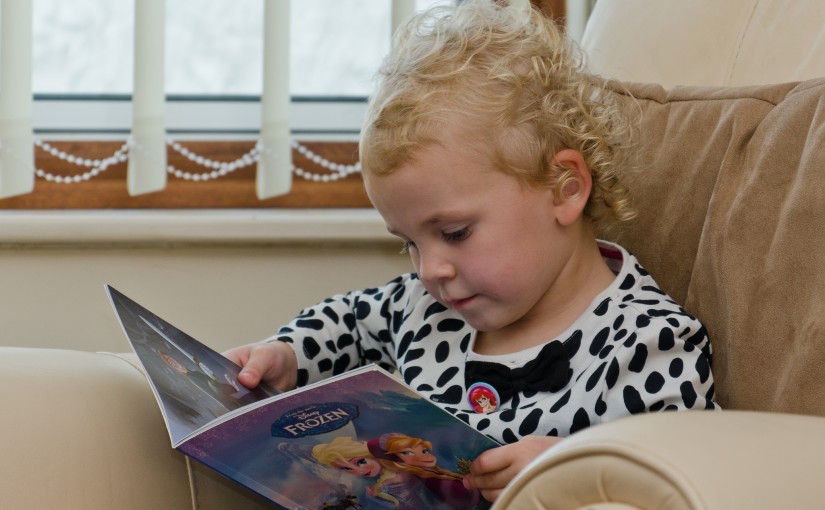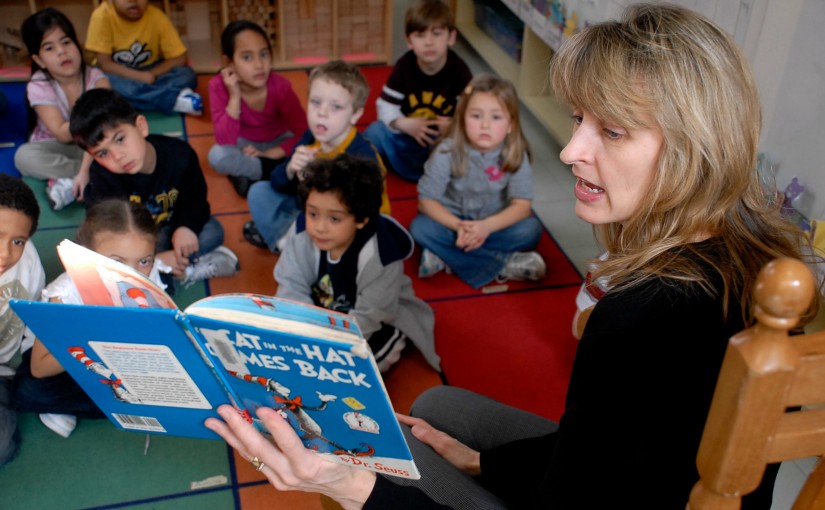Category: Teacher’s Tips
-

100 Awesome Science Fair Project Ideas
Science fairs are a fun and interactive way to learn about how the world works in an up-close and personal, hands-on manner that allows a person to showcase their favorite fields. But with so many interesting experiments in the world, how do you narrow your focus down to just one question you want to answer…
-

Mother’s Day Crafts for the Classroom
If you are a teacher, Mother’s Day is an excellent time to get your students’ creative juices flowing. Celebrating an important female relative in a child’s life, whether they are a mother or not, gives students both a chance to show those people how they feel and a chance to stretch their imaginations. As a…
-

Promoting Summer Reading
Reading is more than a great way to pass the time. It expands vocabulary, develops empathy, and improves analytical skills. Research has also shown that how much a child reads over the summer has a strong correlation to how much they retain from last year’s lessons—the more a child reads, the less of a “summer…
-

Reading: 20 Top Tips for Teachers
Reading is an important part of anyone’s life, and for a child, the ability to read can help send them to different worlds full of adventure, fun, and education. Of course, we are not all born with a reading ability ingrained into our minds! Children must be taught how to read, and whether they learn…
-

20 Ways to Teach a Child To Read
Learning to read a major milestone and rite of passage for any child. And yet, one in four children in American grow up without becoming literate, according to DoSomething.org. Weak reading skills makes it harder for a child to succeed in school and work, and is even linked to greater risk for dropping out of…
-

20 Ways to Spice Up Your Kids Lunchbox
Providing lunch for your children can be a challenge. Peanut butter and jelly sandwiches quickly get old and they are not the most healthy option. Packaged lunch alternatives often contain additives and preservatives as well as unnecessary amounts of trans-fats, salt and sugar. So, as a health-conscious parent who is attempting to provide a…
-

Teaching New Vocabulary Words
Learning vocabulary an important part of education and life at any age. In fact, several markers of success in life have been correlated to having a larger vocabulary. In addition to this, keeping your students at grade level standards for vocabulary comprehension is critical for passing standardized assessment like Common Core’s PARCC tests. But it…
-

Using YouTube in the Classroom
As technology becomes more integrated into education methods, utilizing YouTube in the classroom is a trend on the rise. Early studies testing its effectiveness are proving promising. In high school classrooms in Detroit, a video-enabled flipped classroom program helped reduce the fail rate for freshmen English and math classes by more than half. Additionally, semester…
-

15 Tips for Teaching the Highly Functioning ASD Child
The needs of a child with autism spectrum disorder (ASD) in the classroom can be very different from those of typical students in the class—even high-functioning ASD students require extra, and often, different kinds of support compared to typical students. ASD students have unique challenges including difficulty reading social situations and making friends; adapting to…
-

What is Digital Learning?
As technology becomes more and more integrated into everyday life, it’s likely no surprise that it’s becoming a bigger part of education, too. The Alliance for Excellent Education defines digital learning as “any instructional practice that effectively uses technology to strengthen a student’s learning experience.” A digital learning approach to education allows more flexibility in the…